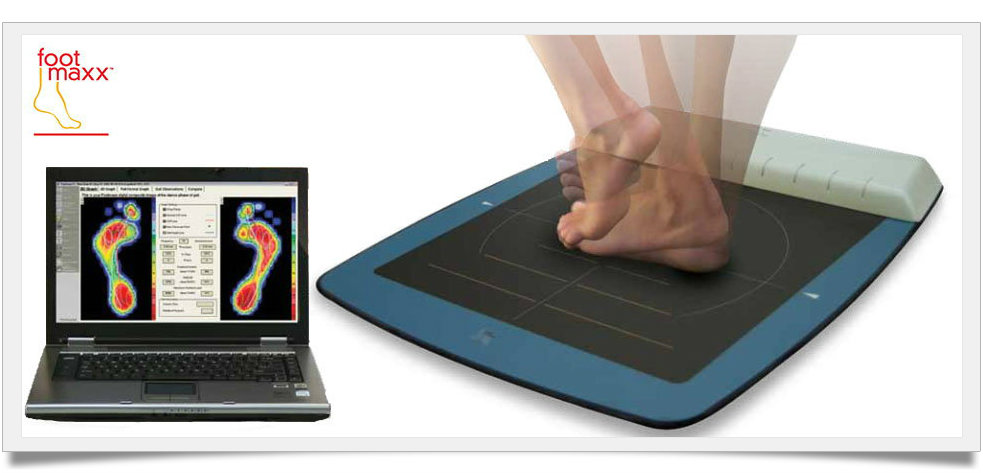- Therapies & Assessments
- Therapies
- Assessments
- Conditions & Injuries
- Conditions
- Injuries
- Products & Devices
- Products
- Devices
- New Patients
- Patient Forms
- Your Coverage
- Insurance Coverage
- Legal Help
 A gait scan, also called gait analysis or gait assessment, examines a person’s walk for signs of problems. Early detection of gait abnormalities makes correction easier and can prevent injury and other long-term problems.
A gait scan, also called gait analysis or gait assessment, examines a person’s walk for signs of problems. Early detection of gait abnormalities makes correction easier and can prevent injury and other long-term problems.
A gait scan is the study of a person’s walk using specialized equipment. In the early days of gait assessment, this meant a still camera. Today, we use a computerized motion-capture system.

First, the scanner collects data under various conditions. For example, you may be asked to walk barefoot, to walk in shoes, or even to run a few paces. Your movements are captured by the computer and analyzed for alignment, pressure, and other factors.
The scanner — usually a chiropractor or kinesiologist — is specifically looking for signs of abnormality.
Common problems detected by gait analysis are:
Signs that you might need a gait scan include:
A gait scan might also be warranted if you have:
Learn more about gait scan and how it might help you at a therapist consultation.